What You’re Itching to Know About Lice
Updated April 10th, 2024
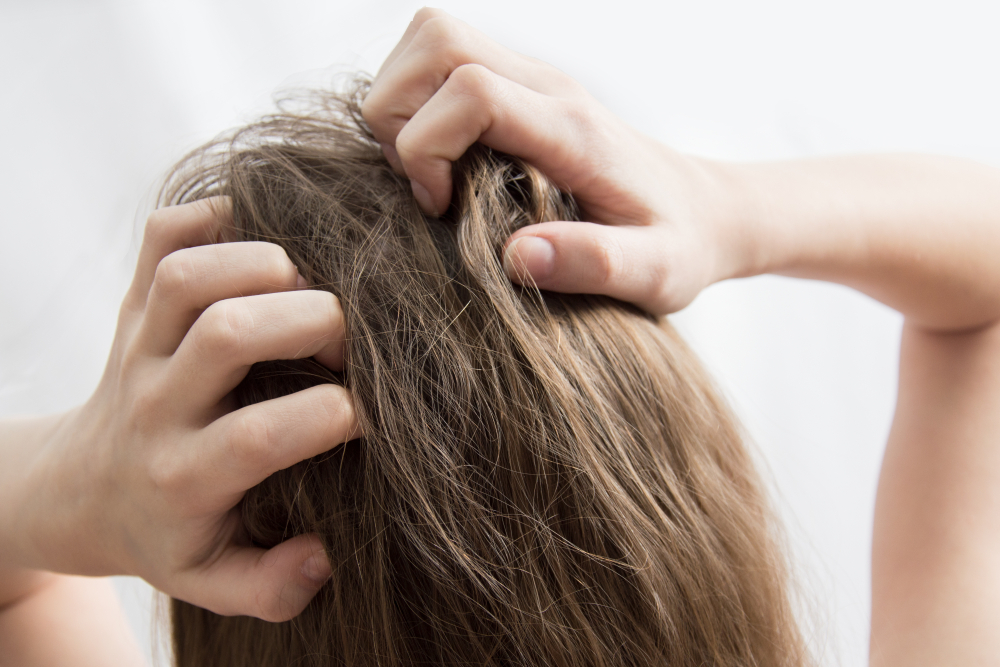
Four lice facts you need to know:
- Lice cannot survive more than 48 hours off a human scalp.
- Lice cannot jump. They only crawl, meaning the way you get lice is by direct contact, such as when you share brushes, combs, hats, headphones, hair elastics and by head-to-head contact.
-
Children do not need to be sent home from school or daycare for head lice. Head lice do not spread disease. However, often schools and daycares may have their own policies and may require your child to be picked up. If your child has lice, notify the daycare and/or school to help prevent the spread.
- Lice affect people in all socioeconomic classes. Lice often carry a social stigma but anyone can get lice. It is not because of poor hygiene. Clean hair does not protect against getting lice.
What are head lice?
Head lice are small little wingless insects that live on the scalp, eyelashes, or eyebrows. Head lice feed off the blood of people and do not live for long off the body. They do not cause illness or disease. They may look different depending on where they are in their lifecycle.
| Nits (Eggs) | Nymphs (Baby Lice) | Adult Lice | |
|---|---|---|---|
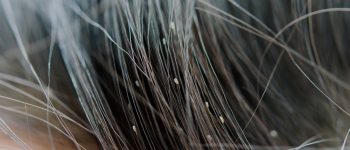 |
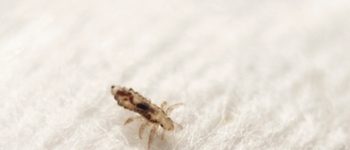 |
 |
|
|
|
|
How do you get head lice?
Head lice are spread from one person to another when there is some sort of direct or indirect contact such as:
- When heads are close together lice crawl very quickly from one head to another
- Sharing hats, combs, towels, hair accessories, headphones.
What should I look for if I think my child has head lice?
- Your child may have an itchy scalp and sores on the scalp from scratching.
- Nits may be present on the hair shaft (close to the scalp).
- Movement in the hair – live lice are more common behind the ears or near the back of the neck.
- Live lice may be found on items that have touched your child’s head such as hats and towels.
How do I check for head lice?
-
-
- Use good lighting. (Tip: Daylight works best and try sitting by a window or outside-weather permitting).
- Look through the hair for lice. This can be difficult because they like to hide, are small and move fast.
- Use a magnifying glass and fine toothed comb (you can buy “nit combs” at your local pharmacy-the metal ones usually work better than the plastic ones).
- Look for nits that are firmly attached to the hair shaft and within 1 cm from the scalp. Part the hair into small sections to look through the hair.
- Sometimes nits can be mistaken for dandruff or hair spray residue (nits will only come off when you pull them with your finger nails or pulled off with a nit comb, whereas dandruff or hair spray will fall off if touched).
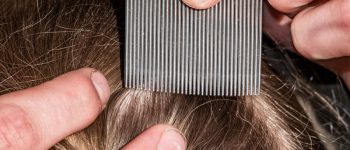
- Sometimes nits can be mistaken for dandruff or hair spray residue (nits will only come off when you pull them with your finger nails or pulled off with a nit comb, whereas dandruff or hair spray will fall off if touched).
-
Hot Parent Tip: Remember to check all family members for lice.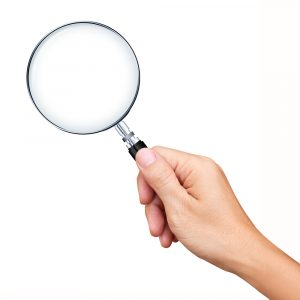
How are head lice treated?
Talk to your doctor or pharmacist about using a head lice product.
Treat only the person who has head lice. There are non-prescription treatments that can be applied to hair. Treatment is available from your pharmacy. Your pharmacist can help you choose a head lice product. These treatments contain insecticides and are only effective on live lice, not nits.
Be sure to:
-
-
- Follow the product directions carefully
- Avoid use of conditioning shampoo or conditioner before or 48 hours after using head lice treatment
- Repeat the treatment 7-10 days after the first treatment.
- Contact your health care provider or a pharmacist before using head lice treatment if you are pregnant, breastfeeding, have allergies or for a child under 2 years old.
-
How to remove all head lice and nits from hair:
-
-
- Use your fingernails or a head lice comb to pull off the nits from the hair.
- Separate hair into sections then pick up a few strands at a time to remove the nits.
- Check each section really closely before moving to the next section (especially behind the ears, nape of neck, and close to the scalp).
- Repeat daily until there are no nits. (This feels like a never-ending task, keep at it as it is the only way to get rid of them).
- Wet- combing Patient education: Head lice (Beyond the Basics) – UpToDate
-
Clean all objects and surfaces that have been in contact with the head:
-
-
- Wash clothing and bedding used in the last 3 days by the affected person in hot water and dry in a hot dryer.
- Items that cannot be exposed to hot water should be placed in a hot dryer for 20 minutes, or frozen at -20°c for 24 hours, or sealed bag for two weeks.
- Vacuum or wash areas where there had been direct head contact such as: couch, bed, car seat, highchairs.
- Put all combs, brushes and hair accessories in hot, soapy water for 15 minutes.
-
Avoid other treatments that are not recommended:
-
-
- Some people suggest home remedies such as mayonnaise, petroleum jelly, olive oil, vinegar or margarine. These products may make it hard for lice to breathe, but they probably won’t kill them.
- There is little evidence that just combing out the nits without treatment works on its own.
- There is no evidence that products such as tea tree oil or aromatherapy work to treat head lice.
- Ivermectin is a drug that can be taken by mouth or used as a cream, but it is not approved for use in Canada.
- Never use gasoline or kerosene. These products can be extremely dangerous.
-
Do I need to keep my child home?
- Head lice are common among young children. Many days of school would be missed if children had to stay home. Your child does not need to be kept home from daycare or school. However, it is best to check with your daycare or school as they may have a policy stating otherwise.
Who should I tell if my child has head lice?
- The parents of other children who your child has recently played with and may have had head-to head contact with.
- Your child’s child care provider or teacher as there may have been head-to-head contact with other children through work or play.
- Alerting others allows them to check for lice and treat promptly if lice are found. This will reduce spread to others.
How do I prevent head lice?
- Teach your child to avoid head-to-head contact.
- Children should not share combs, hairbrushes, tuques, hats, headphones or hair accessories.
- If the daycare or school notifies you about lice in their facility and your child has long hair put it up in a ponytail or bun.
For more information:
-
-
- Call Health Links-Info Santé (Winnipeg 204-788-8200 toll-free 1-888-315-9257). You can speak to a nurse 24/7, 365 days of the year in over 100 languages. They can answer your health questions and help you find health services in your community.
-
References:
-
- Head lice, Caring for Kids
- Head Lice Factsheet, Government of Manitoba
- Communicable Disease Head Lice, Winnipeg Regional Health Authority
- Head Lice General Info, Centre for Disease Control and Prevention